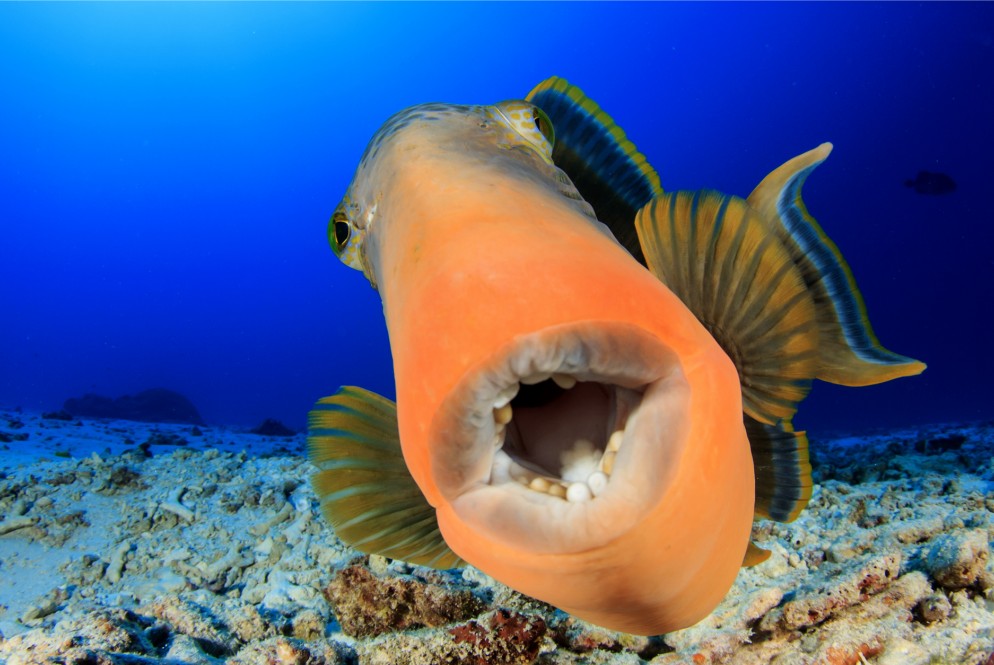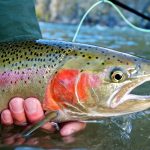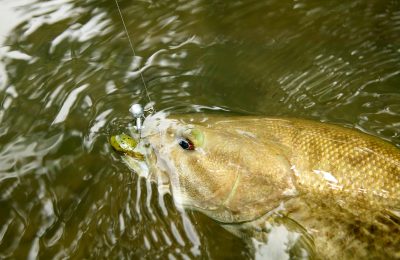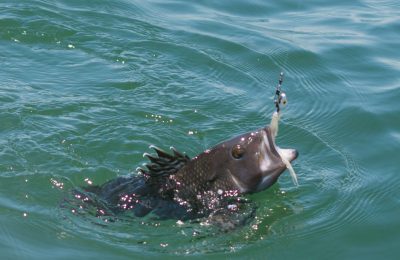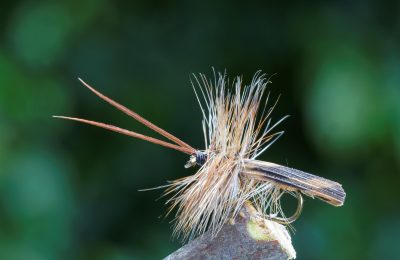Humuhumunukunukukuapua’a
This Trigger fish is almost as hard to catch as it is to pronounce.
Where to Find Reef Trigger Fish
Hawaii’s state fish, the Humuhumunukunukukuapua’a, (called Humuhumu for short) is a mouthful to say and notoriously difficult to catch but is worth the effort for a great fight and a tasty finish.
Commonly known as the reef triggerfish, they can be found throughout the mid-Atlantic region and can be caught both from shore and offshore. In the Southern United States, they are especially common in artificial reefs.
Trigger fish often travel in large numbers and can be easy to find. However, catching them is another matter.
Trigger fish prefer hard bottoms, reefs, and ledges. They compete in the
same habitat as Red Snapper and Grouper and finding one usually means the others are nearby.
Humuhumu prefer the bottom, they will rise in the water column to attack prey.
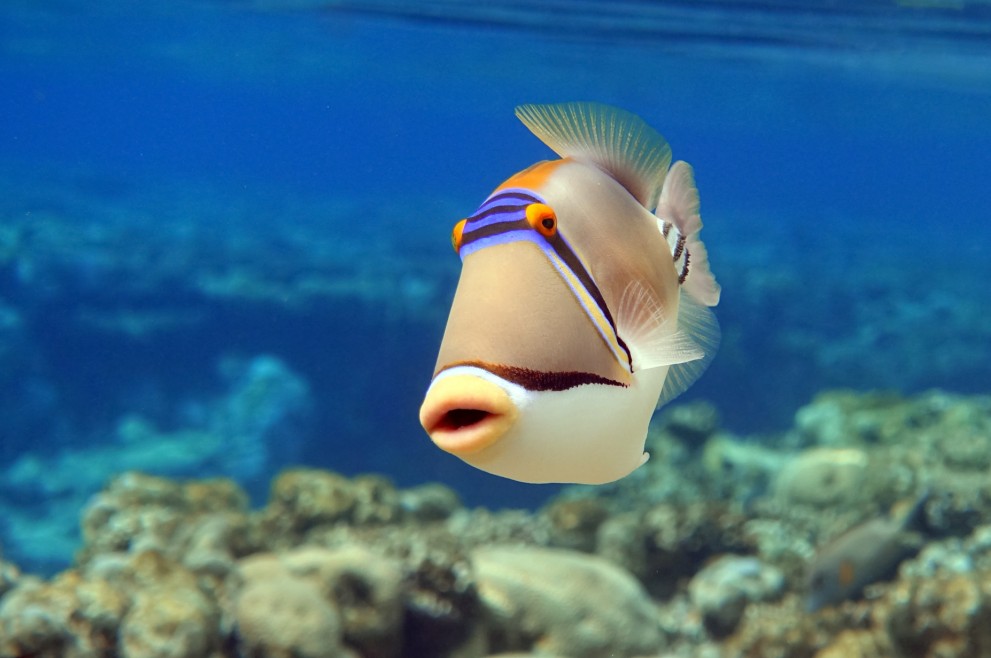
Rigging for Humuhumu
Trigger fish are tremendous fighters and ferocious predators. Despite their size, however, they have tiny mouths with strong, parrot-like teeth. As a result, they can destroy lines, hooks, and large amounts of bait without ever taking a hook.
Hooks must be small. Number four or even number six hooks will work. However, they must also be able to withstand those teeth. Owner’s Mutu Light Circle Hooks are a go-to for sturdiness, as are Gamakatsu Baitholder Hooks.
Rods should be lightweight, quick in response, and about six feet in length. The Okuma Celilo Ultralight Spinning Rod is a good choice, especially when compared to higher cost rods such as the St. Croix Triumph.
As always, Ugly Stick makes a good, affordable rod that will meet the needs of any savvy angler. Pair the Ugly Stick GS2 with a lightweight spinning reel for easy casting and quick retrieval.
Hooks should be tied directly to a 15-pound line with no leader. A smart fisher will add enough weight to reach the bottom quickly.
To Bait, or Not To Bait
Triggers are not known for striking lures, so bait is the way to go. With such small mouths, cut bait can often be the best choice, although they will strike small, live bait.
A dime-sized piece of squid, half a tentacle, or any small piece of bait will do the trick. Trigger fish are not fussy eaters. Triggers are known to be relentless when feeding, attacking any food with fury.
Anglers after grouper and snapper can quickly find their bait torn to ribbons by trigger fish, as will any angler using hooks too large for the trigger fish’s mouth.
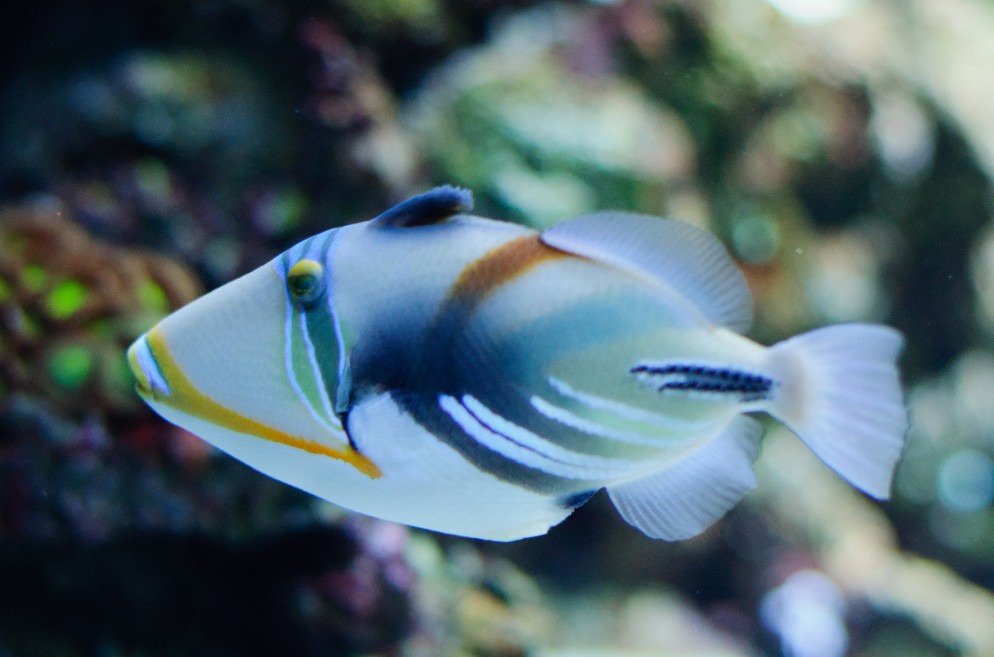
The Catch to Catching Triggerfish
Lines should be reeled in slowly but steadily, maintaining pressure on the line. This allows the angler to feel whenever a trigger starts to nibble at the bait.
Unlike many fish, humuhumu do not strike hard enough to set the hook. Instead, experienced trigger fish catchers will increase the speed of retrieval. This encourages the fish to pursue the bait and sets the hook in the trigger’s small mouth.
Yanking the hook often results in the humuhumu spitting it out.
As aggressive predators, the trigger fish will stay in schools and will chase lines dropped nearby. An experienced angler will look for signs of the humuhumu and drop bait withn10 feet of the feisty predator.
However, these fish scare easily, so anglers should ensure the bait reel is slow and steady without any jerking movements or splashes.
Once the fish bites, however, the fight is on. For a smaller sport fish – about 14 to 20 inches and 5-10 pounds – the humuhumu is a tough fighter. Densely packed muscles and a flat silhouette allow the trigger fish to move quickly and change water resistance.
Experienced anglers have described it as one of the best fighting fish around.
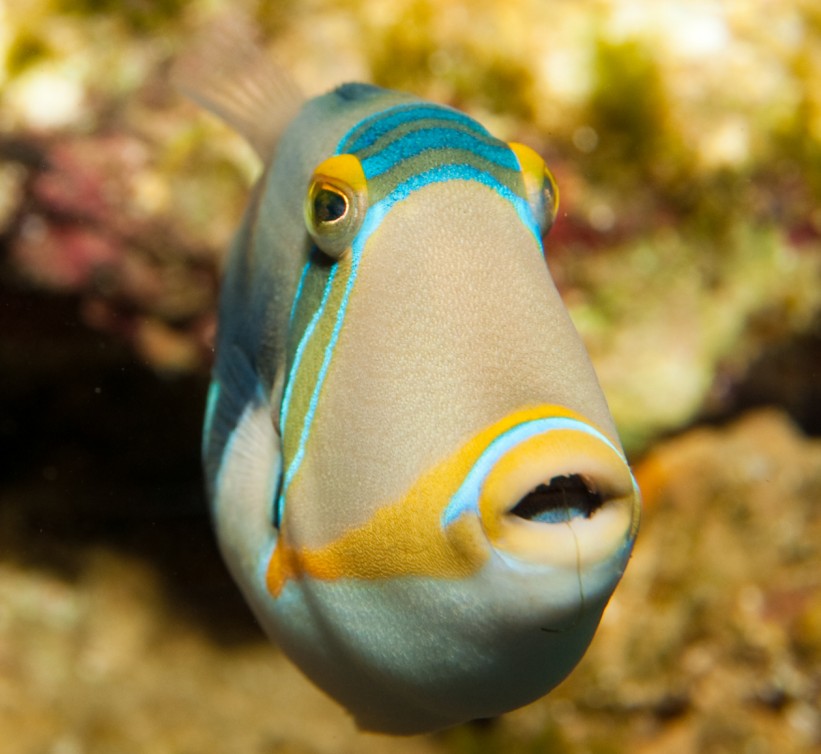
By the Bucket
Humuhumu are aggressive feeders but also shy fish that hunt from protected areas. This means there are times when they simply will not bite.
During those times, natives of the Hawaiian Islands have used a “bucket method” to catch them for decades.
Take a five-gallon bucket, tie some bait into it along with light lead shot, fill it with water and let it sink.
Keep a keen eye on the bucket and, when a trigger fish swims into it to hide and eat, the crafty angler simply, and slowly, draws the bucket up and into the boat. Often, the trigger fish will hide out in the bucket believing it safe.
Pliers, Gloves, and Never Fingers
The same hard, sharp teeth that can crack open a muscle shell will do a number on the fingers, hands, and toes of any angler who uses fingers to retrieve a hook.
Pliers are a must have for the humuhumu tackle box. In addition, a set of sturdy gloves are needed. The trigger fish’s dorsal is strong and sharp and can easily cut through an unwary angler’s skin.
How to Cook Humuhumu
Because of their thick skin, pointed spines, and strong bones, many anglers believe trigger fish are not edible. However, local islanders know these fish are delicious. There’s even a restaurant in Hawaii named HumuHumu.
Trigger fish have a soft, white flesh that is often compared in flavor to sweetened crab meat. The filets are often grilled or fried with little seasoning to hide the unique, sweet flavor.
For preparing trigger fish, a sturdy, and sharp, filet knife is a necessity. As mentioned, the skin of these fish is extremely tough.
One of the best knives for humuhumu is the Bubba 9 Inch Flex Fillet Knife with Non-Slip Grip Handle. Not only is this knife sturdy and sharp, it comes with a no-slip handle that has a trigger notch to ensure a firm grip.
The Bubba will also stand up to the salt water and includes a lanyard hole for retention.
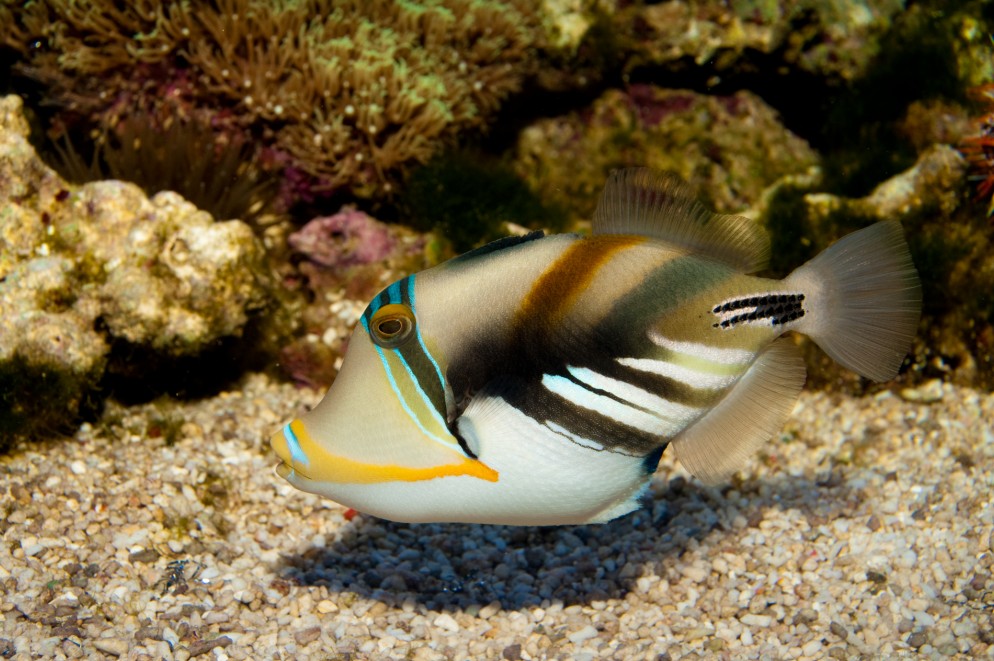
Eat Like a Native
An old Hawaiian recipe for Humuhumu is as simple as it is delicious.
Toss the entire fish into a campfire and onto the coals. Cook until the tough, outside skin is black and burned. Peel the burnt skin off and eat.
If your favorite type of fishing is for bass, check out some bass fishing tips, and learn more about the different types of bass fish.


